I'm your thimbleberry: The life and times of Rubus parviflorus
Photo by Heidi Walters.
Kjirsten Wayman, a chemistry professor at HSU, plans to extract the very essence of Rubus parviflorus. Photo by Heidi Walters.
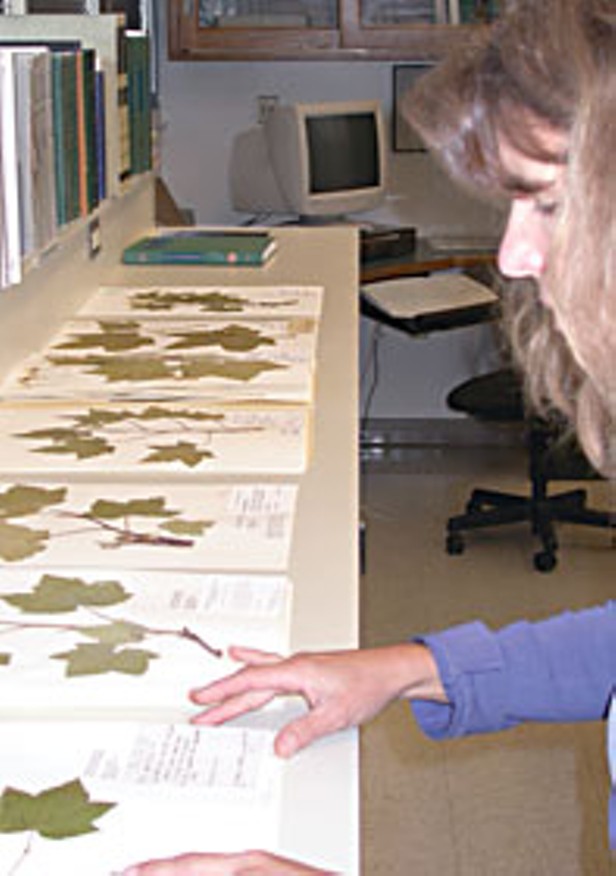
Robin Bencie, collections manager of the herbarium at Humboldt State University, displays some of the 70-plus specimens of Rubus parviflorus. Some specimens in the herbarium date to the late 1800s. Photo by Heidi Walters.
Thimbleberry bushes that get plenty of sunshine tend to produce berries, whereas those that grow in the shade do not. Photo by Heidi Walters.
A thimbleberry sundae, what else?! It was delicious. Photo by Heidi Walters.
Jim Popenoe likes to spread thimbleberry plants around his garden. They’re virtually indestructible, pretty, and they make food for the birds. He thinks the berry’s “bland,” though. Photo by Heidi Walters.
Peter Haggard, a gardener and co-author with his wife, Judy, of the book Insects of the Pacific Northwest, says “bugs are wildlife, too.” Photo by Heidi Walters.
A yellow-faced bumblebee dines on the heady nectar of the thimbleberry. Photo by Heidi Walters.
Journal graphic artist Lynn Jones, owner of Just My Type Letterpress, designed this week’s cover art. Above: Carving. Photo by Heidi Walters.
Printing. Photo by Heidi Walters.
Scanning. Photo by Heidi Walters.
Colorizing. Photo by Heidi Walters.
More slideshows
5 images
5 images
6 images
3/12
Robin Bencie, collections manager of the herbarium at Humboldt State University, displays some of the 70-plus specimens of Rubus parviflorus. Some specimens in the herbarium date to the late 1800s. Photo by Heidi Walters.
© 2024 North Coast Journal
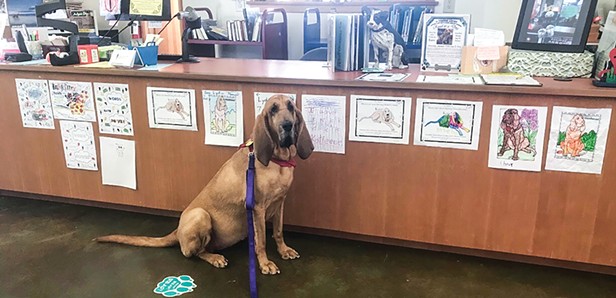
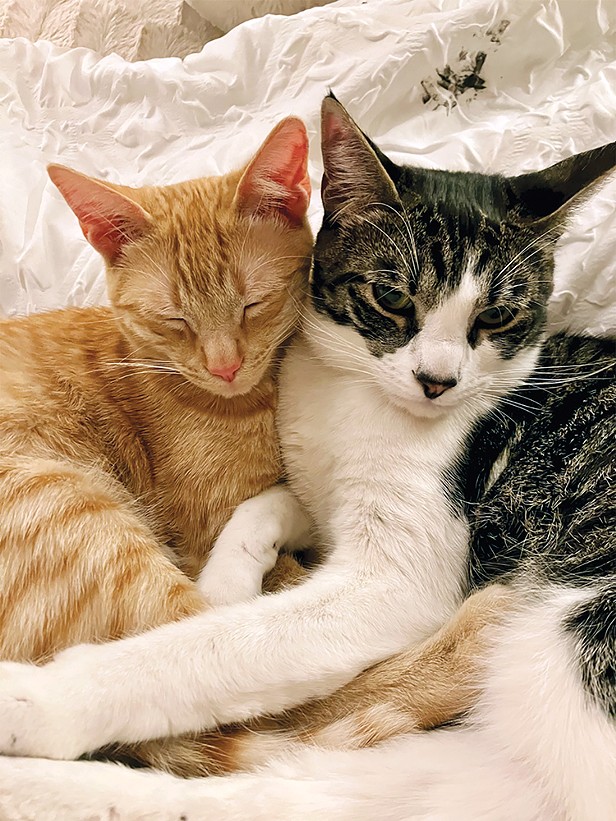

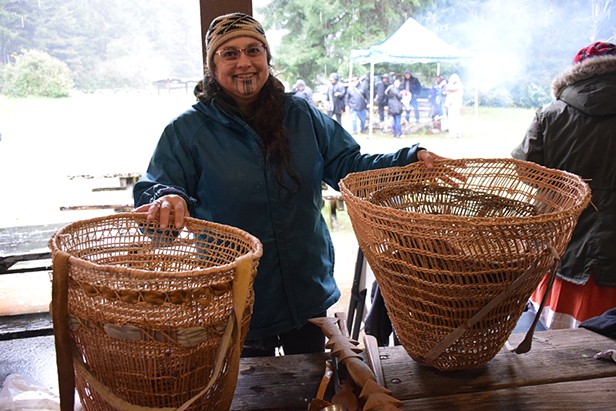
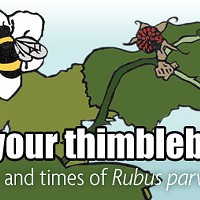
Comments